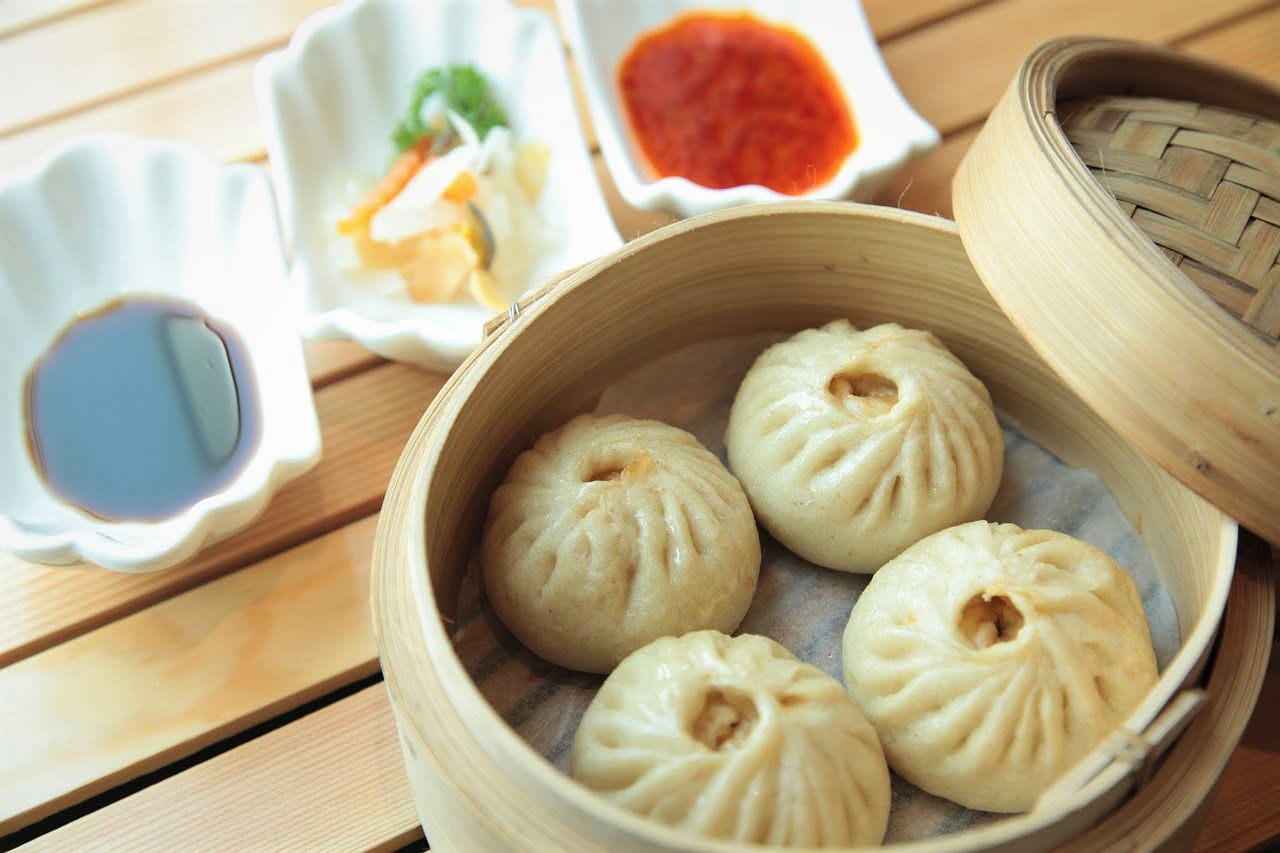Dim Sum: The Art of Chinese Bite-Sized Delights
Dim sum, originating from Cantonese cuisine, is a culinary tradition that has delighted taste buds for centuries. These delectable bite-sized dishes, known as "点心" (diǎnxīn) in Chinese, have gained immense popularity worldwide, captivating food enthusiasts with their diverse flavors, textures, and cultural significance. This article explores the history, variety, and cultural significance of dim sum, highlighting why it continues to be a beloved culinary experience.
A Brief History
The origins of dim sum can be traced back to the teahouses of ancient China, where weary travelers and merchants would stop to rest and replenish themselves. These teahouses began serving small snacks alongside tea, evolving into a dining experience that merged refreshment and sustenance. Dim sum gained popularity during the Tang Dynasty (618-907 AD) and further flourished in the Song Dynasty (960-1279 AD).
Originally a simple offering of tea and a few basic snacks, dim sum gradually expanded to include a wide array of dishes. The culinary art form blossomed in Guangzhou (Canton) during the 19th century, where it became an integral part of the local culture. From there, it spread to other regions in China and eventually gained international recognition.
The Dim Sum Experience
Dim sum is more than just a meal; it is an experience. Traditionally served in bamboo steamer baskets or on small plates, dim sum is typically enjoyed in a communal setting, encouraging conversation and sharing. The mealtime ambiance is vibrant and lively, with the clatter of teacups and the bustle of servers pushing carts laden with a tantalizing assortment of dishes.
One of the defining aspects of the dim sum experience is the element of choice. Diners can leisurely browse through the various offerings and select the dishes that appeal to their taste. From steamed dumplings, rice rolls, and buns to crispy spring rolls, pan-fried delicacies, and sweet pastries, there is something to satisfy every palate.
Popular Dim Sum Delights
Har Gow (Shrimp Dumplings): These translucent, pleated dumplings encase succulent shrimp filling, delicately seasoned and steamed to perfection.
Siu Mai (Pork Dumplings): Siu Mai, also known as "shumai," are open-topped dumplings filled with a flavorful mixture of ground pork, shrimp, and sometimes mushrooms.
Char Siu Bao (Barbecue Pork Buns): Soft, fluffy buns filled with sweet and savory barbecued pork. The combination of tender meat and pillowy dough is irresistible.
Cheong Fun (Rice Noodle Rolls): These silky, delicate rolls consist of steamed rice noodles filled with ingredients like shrimp, beef, or barbecued pork, and are served with a savory soy-based sauce.
Egg Tarts: A classic dim sum dessert, these flaky pastries are filled with a smooth, creamy custard that is lightly caramelized on top.
Cultural Significance
Beyond its culinary delights, dim sum holds cultural significance in Chinese society. It has long been associated with family gatherings, where generations come together to share a leisurely meal and connect over shared experiences. The tradition of enjoying dim sum during weekends or holidays remains deeply ingrained in Chinese culture, fostering unity and strengthening family bonds.
Additionally, dim sum represents the mastery of Cantonese cuisine and serves as a symbol of hospitality and generosity. The artistry involved in creating these intricate dishes, as well as the emphasis on quality ingredients and impeccable presentation, reflect the deep respect for culinary craftsmanship.
Conclusion
Dim sum continues to captivate food lovers worldwide with its diverse flavors, enticing aromas, and cultural significance. From the bustling dim sum restaurants of Hong Kong to the international dim sum houses found in major cities, this culinary tradition has evolved into a global phenomenon.


.jpg)






No comments:
Post a Comment